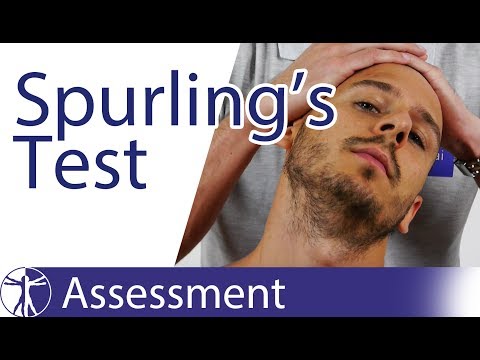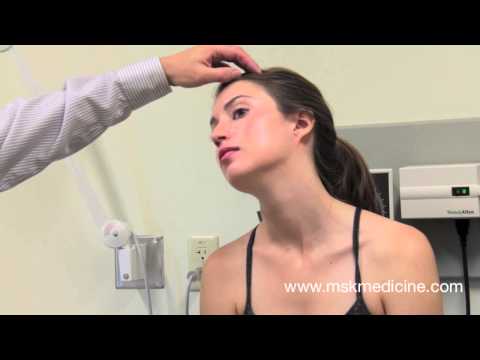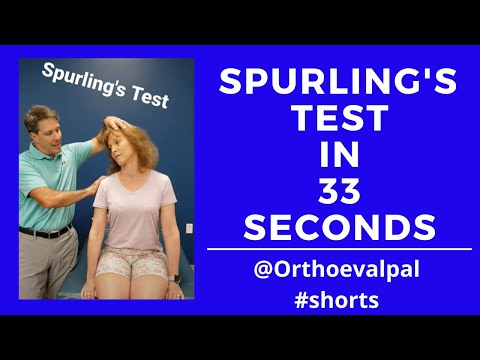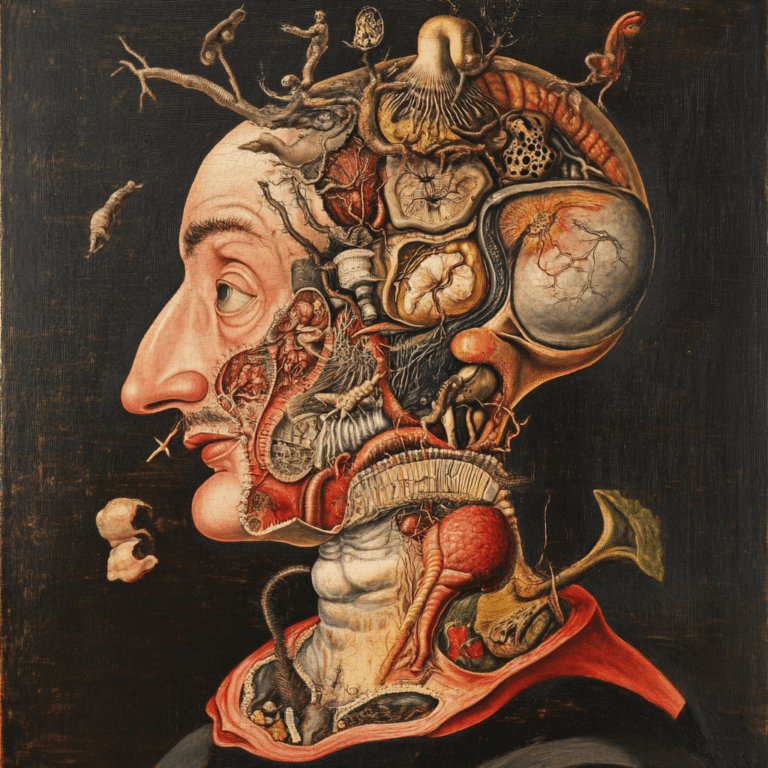Neck pain can be a right pain in the neck—literally! When it comes to diagnosing neck pain, the Spurling test is one of the most effective tools in the medical toolbox. This orthopedic examination helps doctors determine whether nerve root compression or cervical radiculopathy is causing your discomfort. But don’t just blow it off; understanding how this test works can shed light on injury recovery and affect your performance in the gym. Ultimately, if you wish to build muscle and maintain a shredded physique, it’s crucial to nip any underlying issues in the bud.

Understanding the Spurling Test and Its Importance for Neck Pain Diagnosis
The Spurling test involves a simple yet effective maneuver where a healthcare professional applies pressure to your cervical spine while tilting your head. This method helps assess the presence and severity of neurological problems that may cause pain radiating down the arms. It’s vital to grasp how these mechanisms relate to your day-to-day activities, especially if you’re an athlete or someone lifting heavy weights.
Knowing your body is half the battle against neck pain. For people like elite swimmer Caeleb Dressel, early diagnosis can mean the difference between being sidelined and staying in the competition. With proper interventions stemming from tests like these, athletes can often return to their sport without chronic issues. That’s what we’re after—being at the top of our game without unnecessary setbacks!
Another essential facet of the Spurling test lies in identifying not just physical ailments but the much broader implications affecting our performance. It’s fascinating how psychological factors can complicate your pain perception. Knowing this can lead to a more holistic treatment plan tackling both mind and body to ensure you stay strong and ripped.

Top 5 Insights from the Spurling Test: Real-Life Applications and Outcomes

1. Effective Identification of Herniated Discs
A common issue that many folks face is a herniated cervical disc. The Spurling test serves as an excellent first step in identifying this condition. A herniation can squish nerve roots that trigger sensations ranging from sharp pain to numbness down the arm. If you’ve been pushing hard in the gym and feel unusual pain, this might be your wake-up call.
2. Correlation with Nerve Damage and Radiculopathy
Let’s talk about another real-life example. Caeleb Dressel faced discomfort in his shoulder and neck. By utilizing the Spurling test alongside physical therapy, doctors pinpointed nerve irritation as a key culprit. This supports how crucial early diagnosis can be for athletes, allowing them to avoid long-term complications that could derail their fitness goals. When you’re down for the count, it can feel as challenging as lifting a truck, but timely intervention is your ally!
3. Impact of Emotional Well-being on Neck Pain Perception
Ever heard actress Busy Philipps speak about stress and anxiety? It turns out her experiences reveal critical insights regarding chronic pain management. Emotional well-being has significant ties to physical discomfort, including neck pain. When doctors apply the Spurling test, they shouldn’t ignore psychogenic factors that may amplify a patient’s symptoms. A well-rounded approach often means addressing both psychological and physical aspects—without this, you’re leaving potential results on the table!
4. The Role of Medication in Pain Management: The Risperdal Connection
You may not know this, but medications like Risperdal, which are often prescribed for mental health conditions, can have side effects, including neck pain. This could lead to confusion when you’re dealing with discomfort and trying to figure out the root cause. The Spurling test can assist healthcare providers by clarifying whether medication-related side effects are showing up in your symptoms. It’s all about ensuring you’re not caught in a web of complications.
5. Comprehensive Treatment Through Multidisciplinary Approaches
Physical therapist Julie Green-Rumble underscores that comprehensive approaches to neck pain should go beyond the Spurling test alone. According to her, integrating therapies like chiropractic care, physical rehabilitation, and even lifestyle changes present a multi-dimensional strategy. Why? Because neck pain can stem from various sources, and understanding those will equip you with the right tools to attack the issue head-on. You want to be shredded; don’t let something as nagging as neck pain hold you back!

Innovating Diagnostics: Future Implications of the Spurling Test
As we progress into 2024, the Spurling test continues to shine as an essential diagnostic tool for neck pain evaluation. New technological advancements have the potential to combine this test with cutting-edge imaging techniques, making diagnoses even more precise. This means that soon enough, healthcare professionals can offer individualized assessments based on your specific symptoms and lifestyle factors.
By coupling traditional tests like the Spurling test with modern advancements, we’re on the brink of more effective treatment strategies. Imagine a world where identifying and addressing neck pain is a smooth process. We can bridge the gap between physical conditions and their broader implications, leading to treatments that encompass all aspects of a patient’s life. That’s what we’re shooting for: a comprehensive approach to health and a recipe for not just feeling good but looking shredded and fantastic!
In conclusion, the Spurling test stands not only as a diagnostic tool revealing the roots of neck pain but also as a gateway to a better understanding of wellness that encompasses physical and mental facets alike. Adopting such a holistic mindset about pain management may well revolutionize how athletes, weekend warriors, and fitness enthusiasts tackle discomfort. So don’t just sit on your sidelines; take control and start your journey toward muscle gains and a pain-free existence today!

Spurling Test: Unraveling Neck Pain Causes
What is the Spurling Test?
The spurling test is a physical examination technique that helps identify if cervical radiculopathy is causing neck pain. You might be wondering why understanding this test matters. Well, knowing the sources of neck pain can be as enlightening as learning about blueberry Benefits, which, by the way, include improved heart health and brain function. Just as blueberries can perk you up, the spurling test can clarify why you might be feeling under the weather, specifically if that discomfort stems from nerve issues in your neck.
A Peek into the Procedure
During the spurling test, a healthcare provider gently tilts and rotates your head to see if it triggers pain or discomfort. While this may sound a bit uncomfortable, it’s a crucial step in diagnosing the issue at hand. Interestingly, this reminds us of how important it is to look after our overall health. For example, just as you’d consider steps For buying a house, understanding the spurling test helps you make informed decisions about your health journey.
Eye-Opening Trivia
Did you know that the spurling test can mimic some symptoms of conditions like Ludwig angina, which is a serious swelling of the mouth and neck? This showcases how interconnected our body systems truly are. Additionally, like the search for trendy boy middle names, navigating your health can involve some unexpected twists. However, the spurling test is a fantastic tool that pulls away the fog, helping you pinpoint the source of your discomfort. So, whether you’re tackling you neck issues or just curious about your body’s signals, the spurling test is a valuable hint in the search for relief!



























